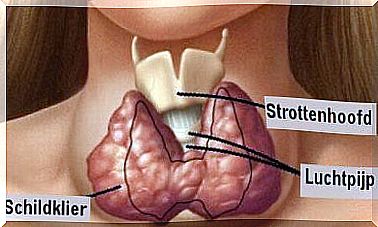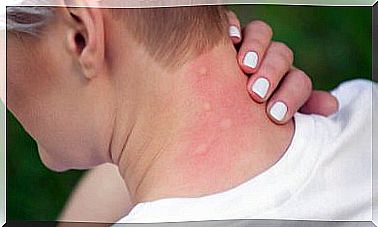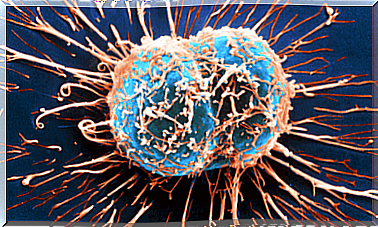Are There Pesticides On Your Food?
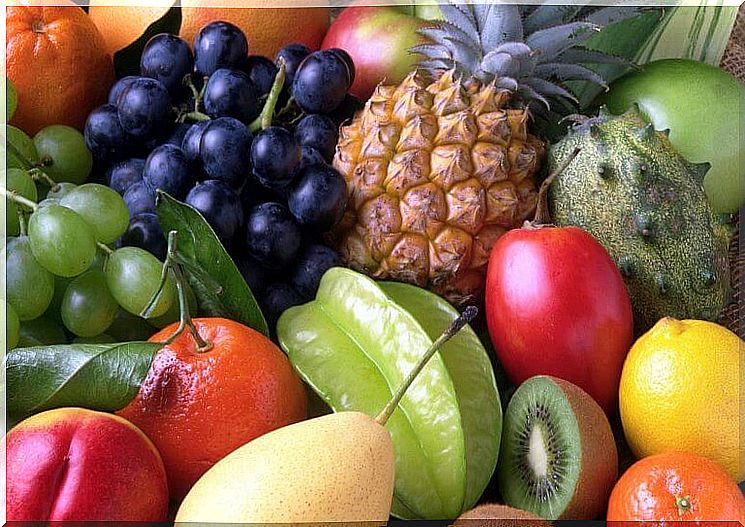
If you’ve asked yourself several times whether there are pesticides on your food or not, pay close attention to what we’re talking about today and let us help you answer your question.
If we think about it for a moment, we realize that much of our food comes from the land.
This doesn’t just include fruits and vegetables, after all, many foods contain ingredients that come from crops.
Bread, for example, is made with wheat products and wheat comes from the land. This is just one of many examples we can list.
In most countries, agricultural products come from industrial agriculture. This form of agriculture makes widespread use of pesticides worldwide. And these pesticides involve a range of toxic substances.
The nutrition center’s website states:
“The authorization of pesticides is regulated in European and Dutch legislation. In the Netherlands this is the Crop Protection Products and Biocides Act (Wgb). The law also clearly states which pesticides may be used in which quantities. Between 200 and 250 substances are allowed. They may only be used if they do not pose a danger to the consumer, the environment and the user.”
However, there are strict rules about which substances can be used and when.
According to the Food and Agriculture Organization of the United Nations (FAO), countries use an average of 4.55 tons of pesticides per year. These pesticides are broken down into fungicides, herbicides and insecticides.
Potential health problems due to pesticides

Pesticides can cause various health problems.
The likelihood of developing these types of problems as a result of pesticide use depends on two factors. The first is the toxicity of the pesticide and the second is the degree of exposure.
Before a pesticide could affect the health of the consumer, it must come into contact with it in some way. For example by ingestion or by inhalation. It can also affect us through skin or eye contact.
While a toxic pesticide can be used in an area close to your home, the health risk is actually low.
We must remember that pesticides may contain more than one ingredient and this will change their level of toxicity.
To find out to what extent a pesticide is toxic, all you have to do is look for the keyword on the label. This is an indication of the toxicity of the product.
All registered pesticides must bear hazard symbols or warning words such as ‘danger’ or ‘warning’ on the label. These indicate the toxicity of the product.
- The products with the words ‘ beware’ on the label are the least toxic.
- Products with the word ‘warning’ indicate a moderate level of toxicity.
- Finally, we find the word ‘danger’ on the labels of the most dangerous products.
The most vulnerable people

There are certain people who are more vulnerable to these products than others. This applies, among other things, to:
- elderly
- people with certain medical conditions
- pregnant women
- children
To reduce the chance that you will experience a problem while using or consuming pesticide products, look for ways to reduce your exposure or choose a less toxic product.
Always read the labels on the products you buy and always follow the precautions written on them.
If you are going to work in the garden, or do anything else that exposes you to these products, use gloves and safety glasses.
Organic farming offers hope
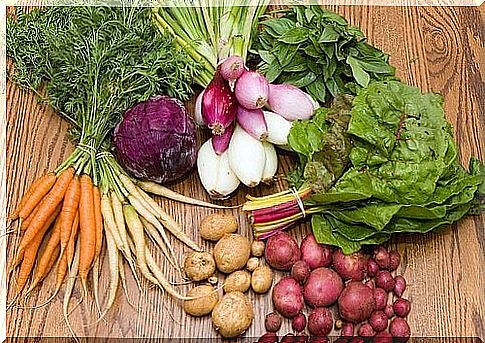
Taking all this into account, organic farming offers tremendous hope. It would be a form of agriculture that combines science and the best of modern innovation with attention to nature and biodiversity.
Organic farming can provide healthy products in the first place. Moreover, it is a form of agriculture that protects the soil, water and climate.
This form of agriculture does not pollute the environment with chemicals. It also does not use genetically modified crops.
Conclusion
It is therefore unfortunately not possible at the moment to determine whether and how much pesticides are on the food. However, the standards in both the Netherlands and Europe are quite strict.
And if we want to prevent toxins from building up in our body, it is best to choose organic products.
By doing so, we can reduce our intake of these harmful toxins or even rid our bodies of them.
It will be easier than you think.

